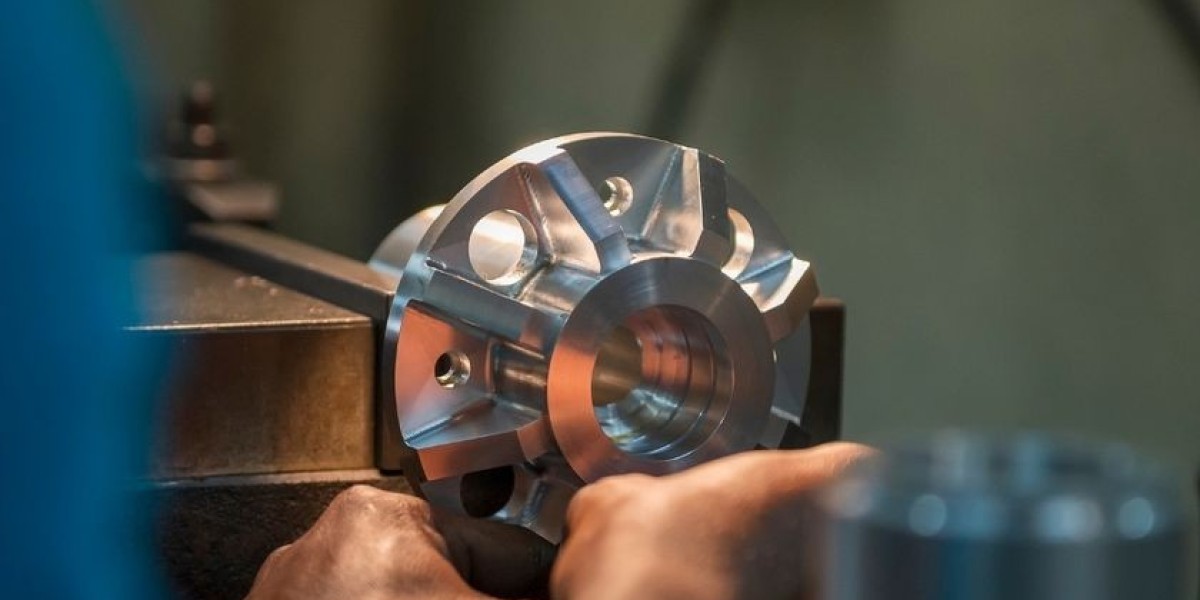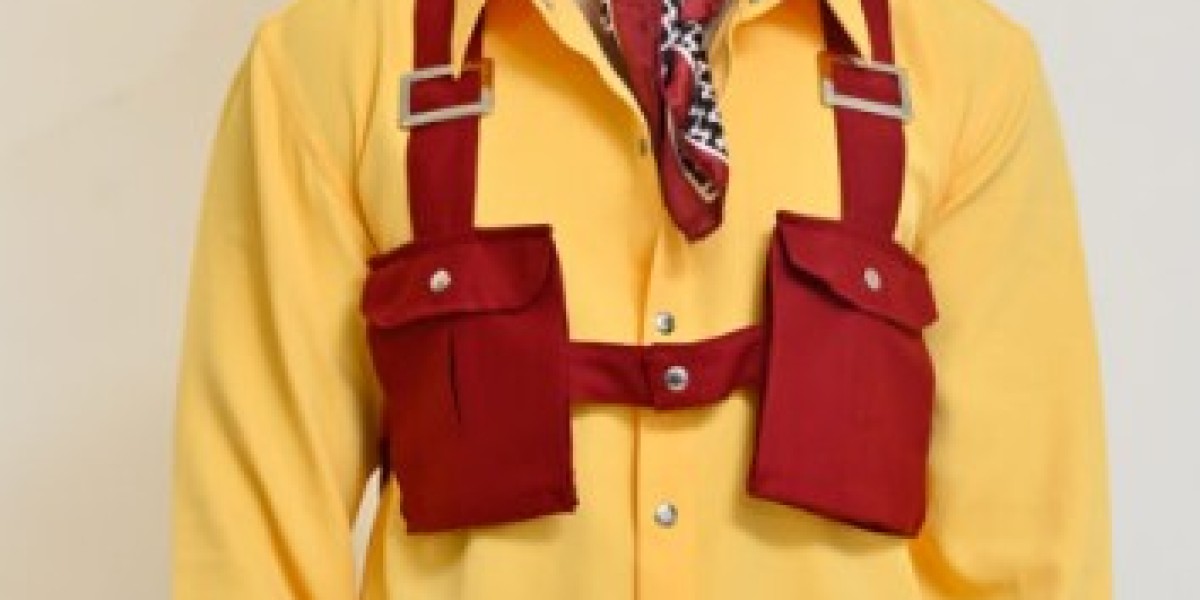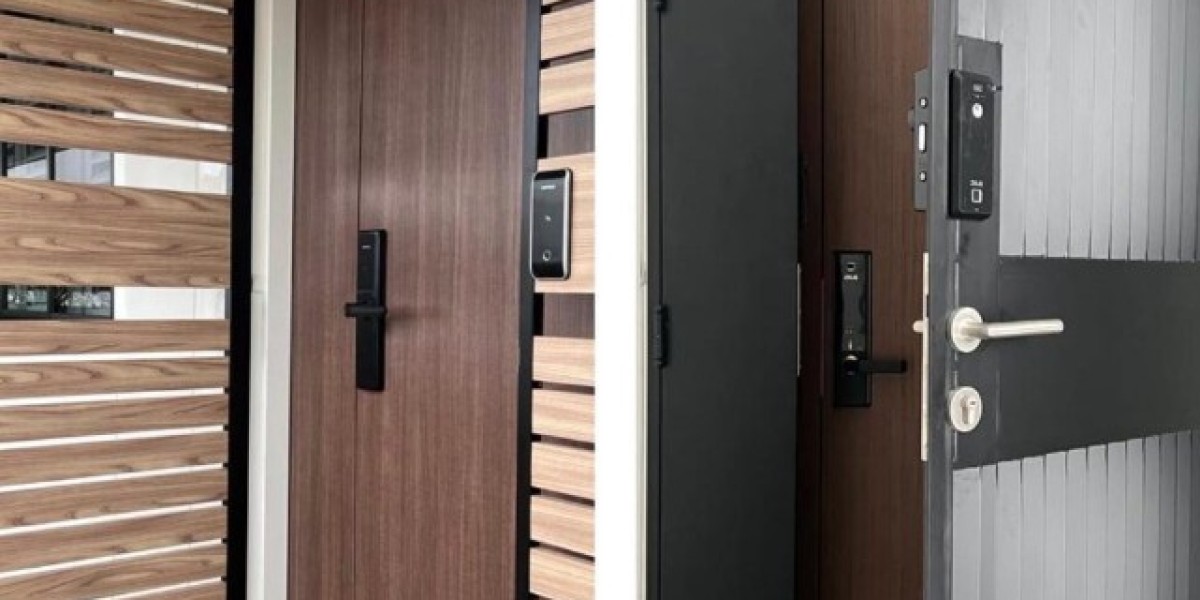Milling machine parts are versatile tools used in various industries for shaping solid materials. Understanding the different milling machine parts is crucial for maximizing its efficiency and ensuring accurate results. In this guide, we will delve into the key milling machine parts, their functions, and how they contribute to the machining process.
Base: The base of a milling machine parts provides stability and support for all other components. Typically made of cast iron or steel, the base absorbs vibrations and ensures precise machining. It houses the column and connects all major components of the machine.
Column: Mounted on the base, the column is a vertical structure that supports the spindle assembly and guides its movement along the vertical axis. It also houses the transmission mechanism for transmitting power from the motor to the spindle.
Knee: The knee is a vertically adjustable component that supports the saddle and table assembly. It allows the vertical movement of the table, enabling the machining of workpieces at different heights. The knee is often equipped with handwheels or power feeds for easy adjustment.
Saddle: Mounted on the knee, the saddle supports the table and allows horizontal movement along the bed of the machine. It houses the feed mechanism for controlling the movement of the table during machining operations.
Table: The table is the work surface where the workpiece is mounted and secured for machining. It can move horizontally and sometimes vertically, allowing for precise positioning of the workpiece relative to the cutting tool. Tables may feature slots for securing workholding devices such as vises and clamps.
Spindle: The spindle is the rotating shaft that holds the cutting tool and performs the actual cutting operation. It is driven by a motor and can rotate at various speeds to accommodate different cutting requirements. Spindles may have different types of tool holders, such as collets or chucks, depending on the application.
Tool Head: The tool head is mounted on the spindle and holds the cutting tool in place. It may have provisions for adjusting the tool height, angle, and orientation to achieve the desired machining outcome. Tool heads come in various configurations, including vertical and horizontal orientations, to accommodate different cutting tasks.
Feed Mechanism: The feed mechanism controls the movement of the table and/or spindle during milling machine parts. It allows for precise and consistent advancement of the cutting tool relative to the workpiece, ensuring accurate cuts and surface finishes. Feed mechanisms may be manual, powered by handwheels or levers, or automated using motors and control systems.
Conclusion: Mastering the art of milling machine parts is essential for anyone involved in machining operations. By understanding the function and operation of each component, operators can optimize their workflow, achieve better accuracy, and produce high-quality machined parts. Whether you're a seasoned machinist or a novice, a solid grasp of milling machine parts will set you on the path to success in the world of manufacturing.








